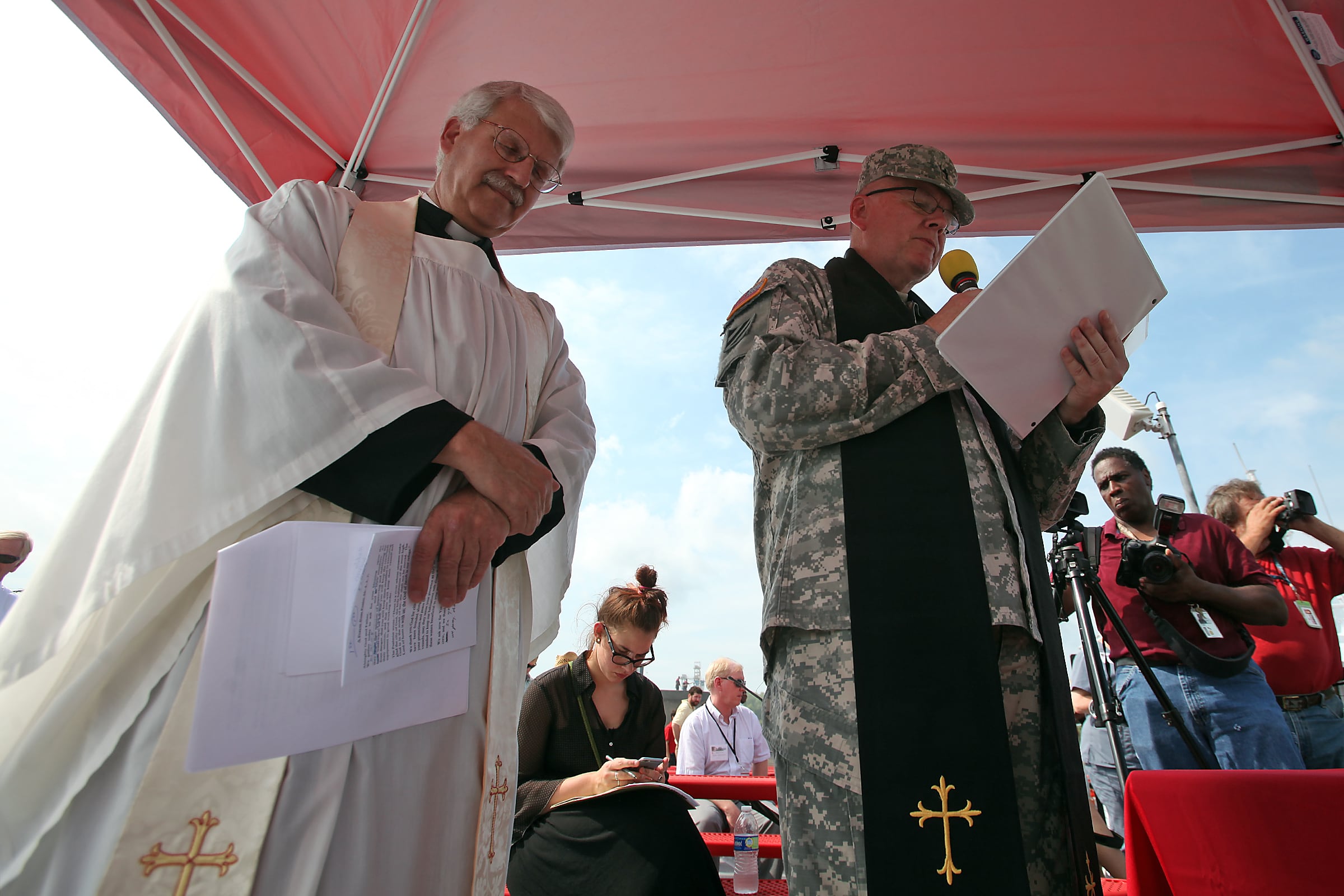WASHINGTON – The US Navy’s fiscal year 2021 budget slashes 10 planned ships over the next five years, a move a senior Navy official said shows a commitment to not hollow out the service to buy ships.
Just hours after Defense News reported Defense Secretary Mark Esper’s backing of a 355-ship fleet by the year 2030, the Navy rolled out a budget that would grow the fleet by just 11 ships over the next five years.
The fleet today stands at 294 ships, according to the Navy’s website, and the current budget would bring the force to 305 ships by the end of the future-year defense program, or FYDP.
That would leave the Navy scrambling to add 50 ships to the battle force over five years starting in 2026, just as the Columbia-class ballistic missile submarine enters serial production and is expected to eat as much as 40 percent of the Navy’s shipbuilding account.
In the end, the Navy decided it wasn’t going to accept a hollow force to add ships into this year’s budget, said Rear Adm. Randy Crites, the deputy assistant secretary of the Navy for budget.
“A lot of it is tied to: 'Is it going to build the most capable Navy within the resources that we had?” Crites said of the shipbuilding cuts. “We have a flat topline and we’re trying to fund Columbia class, which was our highest priority."
Columbia is going to consume 20 percent of the Navy’s shipbuilding account as the service moves toward the end of the five-year future-year defense program, he added. Once the Navy moves into serial production, that will increase to 30 percent.
“It’s what we can afford," Crites said. "We can’t hollow out the force. We have to continue the vector we are on to recover our readiness.”
In comments in December, Chief of Naval Operations Adm. Michael Gilday estimated that by the time the Columbia program starts to peak in 2026, it would be about 38-40 percent of the Navy’s shipbuilding budget.
The Navy has been trying for years to persuade successive defense secretaries to fund Columbia outside of the Navy’s shipbuilding account, arguing that it would have a disproportionate impact on every other shipbuilding program.
On Friday, Esper told Defense News that Columbia would remain a Navy bill, teeing up what will likely be a fight on Capitol Hill.
Among the biggest victims of the Navy’s shipbuilding cuts were a Virginia-class submarine in the 2020 budget and five Flight III Arleigh Burke-class destroyers over the next five years.
The Navy tried to find the money for the second Virginia-class submarine this year, but failed in final deliberations.
“It’s about affordability at this point, and the ability for us to generate the $2.9 billion to put the submarine back in during end-game deliberations wasn’t achievable,” Crites said.
When it comes to the Arleigh Burkes, Crites said it is“strictly affordability” driving the cuts.
‘Hollow force’
At the heart of the shipbuilding cuts is the Navy’s fear of a hollow force, a danger made all the more real to senior leaders after demands ran 7th Fleet into the ground, contributing to two deadly accidents in 2017.
And as the Navy has gone after recouping readiness, ground down by too many missions on too small a fleet, it has realized the situation is worse than it thought, Crites said.
“We've got a ways to go,” Crites said. “We dug a deeper hole than we thought in terms of our readiness. Ship maintenance, it's taken us a while to try and dig out of that, and with a flat topline that's not even keeping up with inflation.”
RELATED

The Navy’s problems with maintaining and operating the fleet under its current force generation model, the Optimized Fleet Response Plan (O-FRP), are increasingly being laid bare.
Among a host of other issues, keeping up with maintenance on a fleet where one-third of the fleet is underway on any given day has proven challenging.
Gilday said recently that the Navy is getting less than 40 percent of its ships out of maintenance on time. Getting an entire carrier strike group in and out of maintenance on time is a foundation of O-FRP, and is a goal that Fleet Forces Commander Adm. Chris Grady said in January is undermining his ability to implement the plan as designed.
“We may flex and adjust to reflect the realities, and I think it’s fair to say maintenance is the number one driver of that,” Grady said.
David B. Larter was the naval warfare reporter for Defense News.





